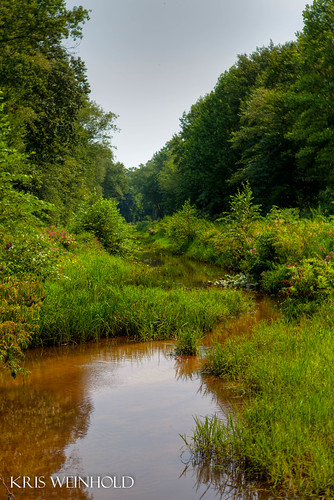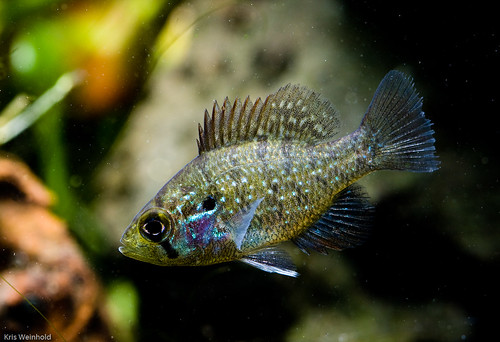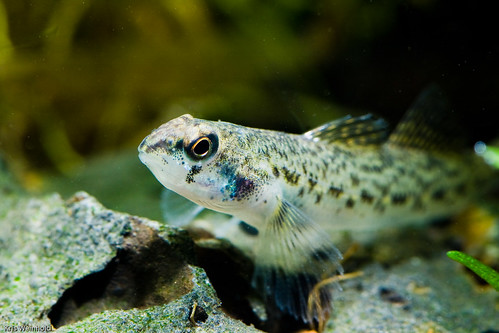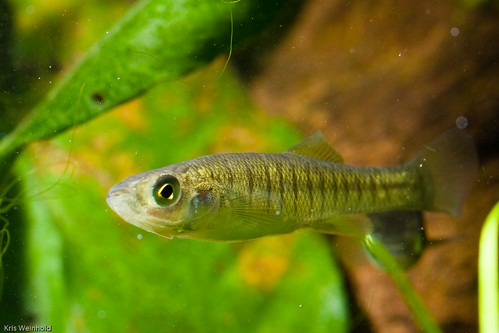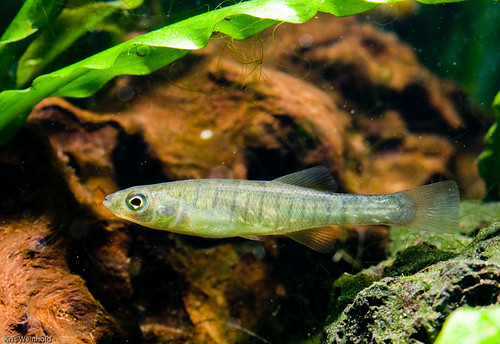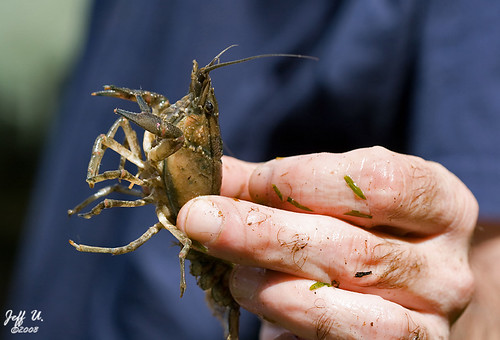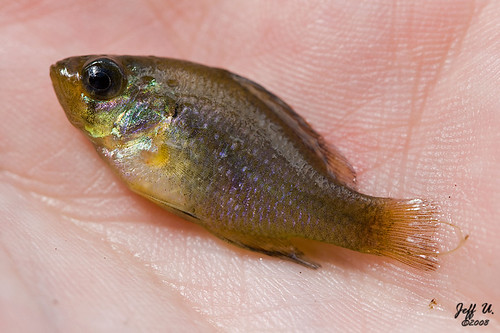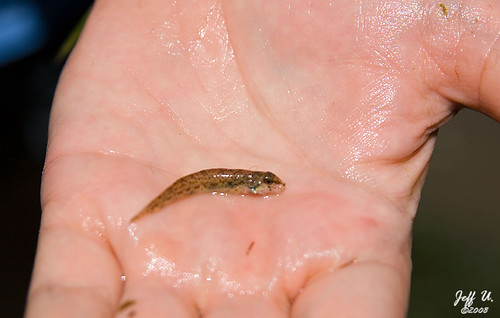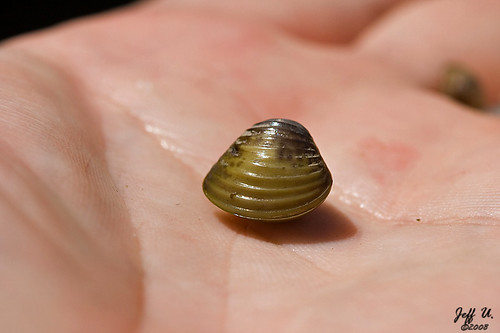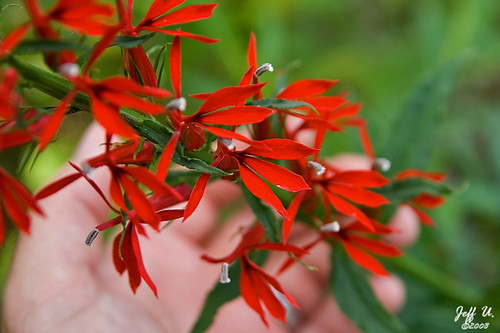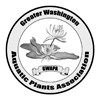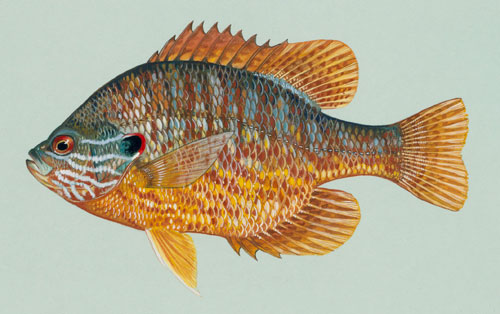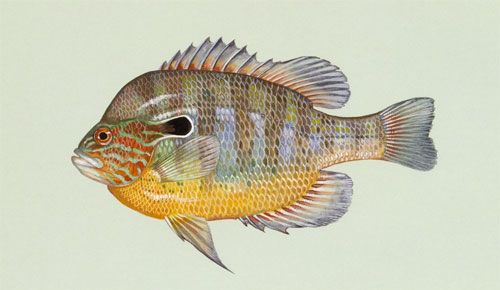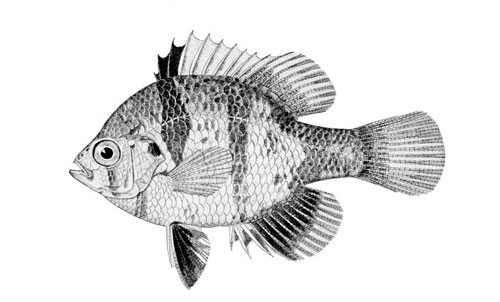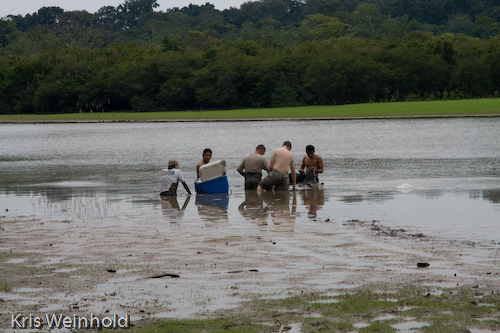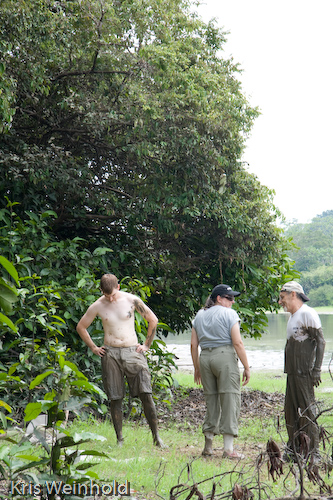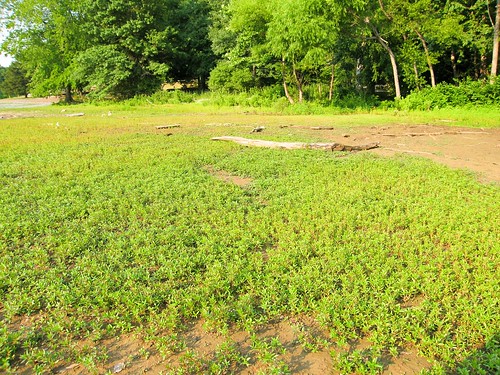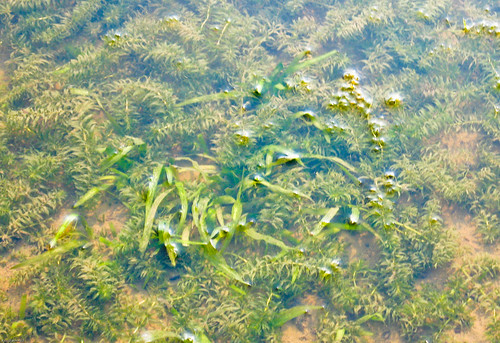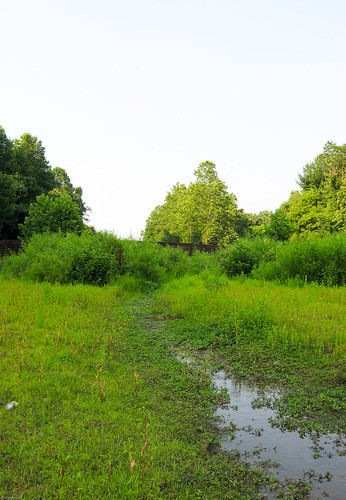Yesterday, I went with a couple friends out to survey what native aquatic plants are growing along some portions of the Patuxent River in Maryland. I like to do this every once in awhile because each time you go, you’re likely to find something different. In addition, from year to year, certain plants may exist in huge patches, while the next year, they’ll be quite sparse. Finally, if I ever get around to setting up a tank to mimic my local habitat, it’s good to know what the local habitat consists of.

Lake off the Patuxent River
We visited a lake that is part of the Patuxent watershed. The lake itself is covered with tons of lily pads, which during this time of year were flowering quite nicely. This trip, we saw both white and pink flowers. I didn’t know that the pink flowered lilies were native — perhaps they’re not?
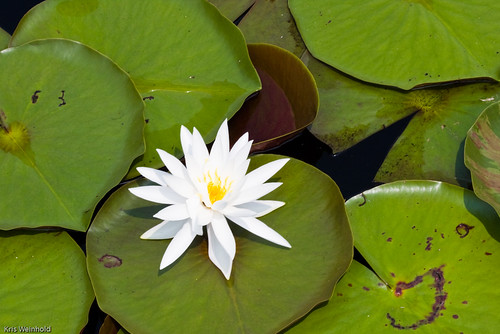
Lily pad, with flower
All along the banks, hairgrass, likely Eleocharis parvulus, carpeted the lake bed. Of course, there was also several giant hairgrass species as well.

Hairgrass, probably Eleocharis parvulus
In several places, amoungst the hairgrass we found a flowering bladderwort, which could be Utricularia gibba. Although the yellow flower is pretty, this is definitely a native plant that I would not want to keep in my tanks. Often found as a contaminate on plants that you buy, this carnivorous plant is much like hair algae in its invasiveness of your aquarium.
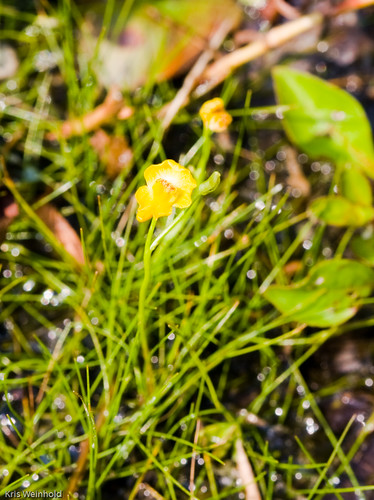
Utricularia sp. flower
All throughout the area, Ludwigia palustris could be found. This is one of the nicer local native plants that is an excellent stem plant for any type of tank. We were talking yesterday about how surprising it is that Ludwigia repens is the most widely sold plant from its genus, but that L. palustris is smaller leaved, and thus probably more suitable for a wider variety of aquariums.

Ludwigia palustris
One of the other surprises that we saw yesterday was this patch of Brasenia schreberi. Everywhere else throughout the lake this plant sent small 2-3″ pads to the surface. Within the cracks of the boat ramp it looked like this, staying completely submersed. That brings up the question as to why? My theory is that due to being on the boat ramp, it is occasionally trampled, and thus is being trained to stay short, like a Red Tiger Lotus can be trained in our aquarium. It’s also possible that it’s just stunted due to the limitations of living in a crack between the boat ramp’s cement tiles.
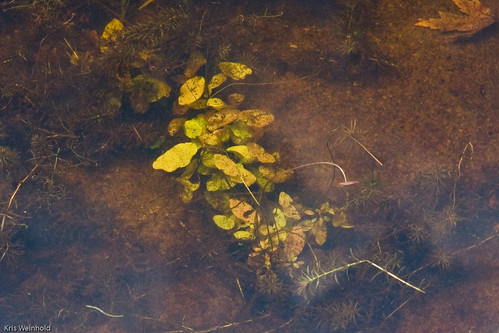
Brasenia schreberi
Another plant that could potentially be suitable for aquarium use is Lindernia dubia. Currently, I don’t think it is being produced by any of the large aquatic plant nurseries, but this is a nice stem plant. We found it growing both submersed, and emersed with flowers, as shown below. (I like the dragonfly too!)
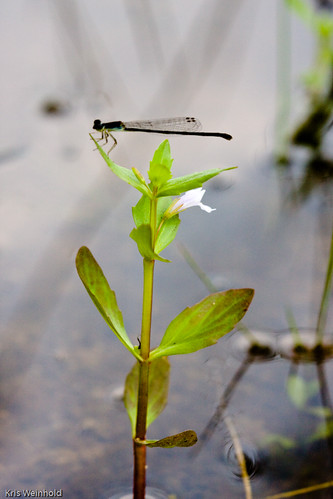
Lindernia dubia
One of the more interesting plants that we have locally is Proserpinaca palustris, or Mermaid Weed. Emersed, the stems look like a Rotala with serrated edges, but submersed, the leaves become quite tooth-like and bright red. I’ve never kept this plant myself before, but I understand it’s a fairly difficult plant to grow in the aquarium. This is probably why it’s available, but not commonly traded among aquarists.
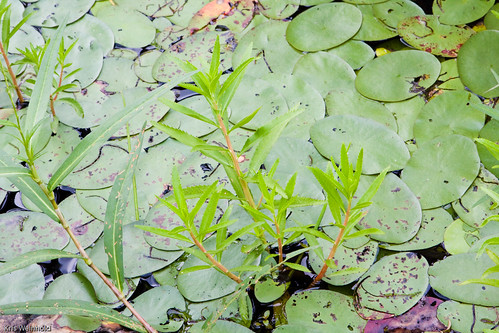
Proserpinaca palustris (Mermaid Weed) with Brasenia schreberi
We saw a few plants that we couldn’t identify, with the most interesting being this plant below. At first glance, we thought it might be an Eriocaulon sp., but the bulbs on this grass are wrong for that. It’s probably just a stunted giant hairgrass, but wouldn’t it be fantastic to find a grass plant that stayed this size underwater? (Updated: a reader identifies this as Xyris caroliniana.)
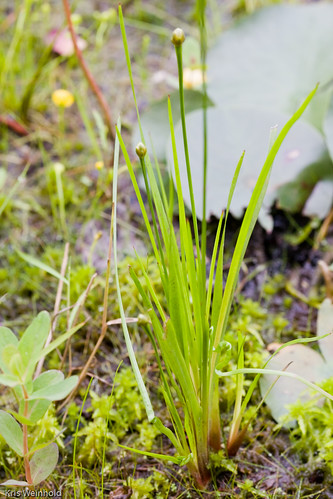
Probably Xyris caroliniana, unsuitable for aquarium use
Now that I’ve mentioned what we did find, we were surprised that we didn’t find any Lysimachia (Creeping Jenny) or Rotala ramosior. Both of these plants are excellent aquarium plants, and usually present in some quantity locally. Additionally, there were a number of Polygonum species around, but I didn’t get any pictures of those. Despite incredibly hot and humid weather, we had a really good time, geeking it up, exploring our local waterway. Lastly, I need to stress that whenever you go out in your local habitat, do not collect plants from protected areas. If you are in an area where it is legal to collect, only take a stem or two, and grow it out in your aquarium. Never take a plant if it is the only one in the area. Be responsible!
